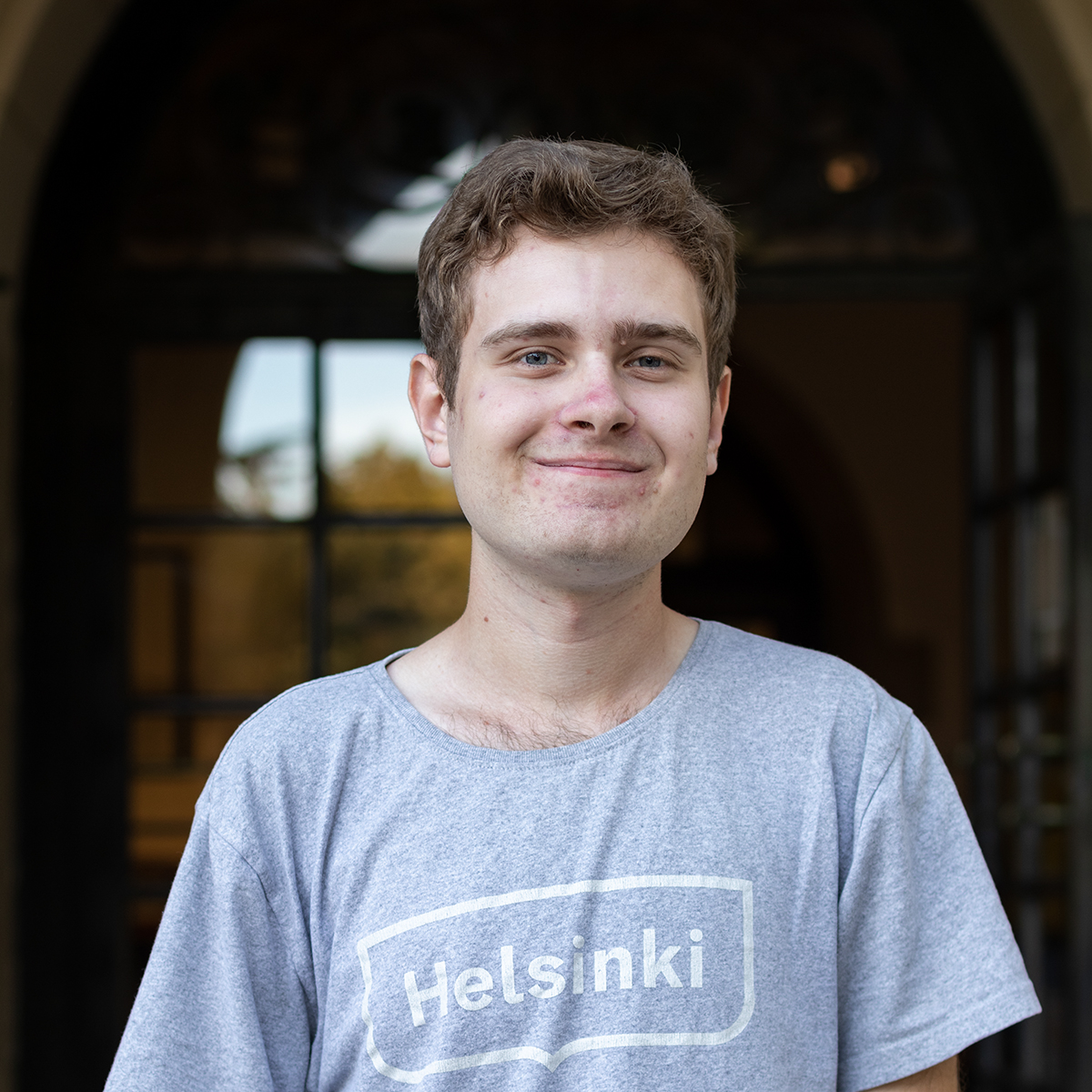Opinion: Public must approach historical monuments with critical eyes

(Isabella Lee/Illustrations director)

By Nicolas Greamo
Oct. 6, 2022 9:04 p.m.
Beyond grade school history classrooms and the insular circles of academia, public history – such as monuments, museums, historical sites and documentaries – is the principal way most people interact with and learn about history.
It is unfortunate, then, that so many of these markers of public history destroy and whitewash history more than they preserve it.
The most infamous symbols of the distortion of history in the United States are the monuments and sites that seek to venerate the Confederacy, which was explicitly created to preserve and expand slavery.
In my hometown of Washington, D.C., the controversy around Confederate monuments still marks a city that was profoundly pro-Union. In the midst of the protests surrounding the death of George Floyd in 2020, the only monument to a Confederate general, that of Albert Pike, was vandalized, toppled and then set on fire by protesters.
The statue was taken away, but its empty pedestal, cleaned of graffiti, still sits there. I must have walked past that monument dozens of times with no idea of what it signified. Today, however, the empty monument is a powerful symbol of how our view of our past is changing and how historical figures who were once emphatically revered and appreciated are now being questioned.
It is a moving sight: the subversion of a monument committed to venerating the worst facets of our past.
Confederate monuments are not the only examples of the distortion of public history.
The Donner Memorial State Park sits on the northern edge of the Sierra Nevada. The park is named for the Donner Party, a large group of settlers headed for California that was trapped in the area by large snowfall in 1846. About half of the Donner Party died during the nearly five months between their stranding in the Sierra Nevada and the arrival of a series of relief expeditions from California.
Today, however, the Donner Party is mostly remembered for the acts of cannibalism the survivors engaged in while waiting to be rescued.
At the alleged site of one of the cabins where members of the Donner Party were trapped during those five months stands the Pioneer Monument. A pioneer family stands atop a 22-foot pedestal, a height that is supposed to reflect the depth of the snow encountered by the Donner Party during that brutal winter in 1846, according to a plaque on the rear of the monument.
When I went to visit the park this summer, the statues at the top were covered in scaffolding as part of an effort to repair the monument and preserve it for future tourists. While the effect intended by the monument’s architects was certainly blunted by this, I still felt a certain profound sadness from standing on a site of such horrific tragedy.
Of course, it is not tragic enough to stop the park from having a gift shop to sell souvenirs or to impede on a family-friendly outing at the campgrounds, the hiking trails or Donner Lake – kayaks, pedal boats and all manner of watercraft are conveniently available only a short walk from the monument.
Undoubtedly, the passage of time has profoundly dulled our sense of empathy toward these people.
The monument seeks to remember the Donner Party as martyrs to the cause of Manifest Destiny, which led many European settlers west in search of a promised land, one occupied by hundreds of thousands of Indigenous people. The conquest and resettlement of California in the 19th century explicitly entailed the genocide of Indigenous peoples.
This monument praising the “courage” of pioneers honors the Donner Party, whose members survived by murdering two Miwok Native American men – who are mostly known today by the Spanish names Luis and Salvador – and eating their corpses.
Casting moral judgments on people during a time of immense suffering and death is perhaps inappropriate – although that did not stop those who built the monument. However, this does speak to a broader issue present throughout U.S. public history: that most voices and perspectives, often from historically underrepresented and marginalized communities, are excluded and minimized.
The Pioneer Monument was erected in 1918 by the Native Sons of the Golden West and the Native Daughters of the Golden West, organizations allegedly dedicated principally to preserving the history of California whose members include many prominent Californian politicians – including Richard Nixon and Earl Warren, former chief justice of the United States. What kind of California these organizations thought was worthy of preservation is something that ought to be considered when contextualizing these monuments.
At the same time that the NSGW and the NDGW built historical monuments like the one at the Donner site, they also campaigned to limit Asian migration to California and established their aim to physically expel all persons of Asian descent, principally Japanese Americans, from California.
These organizations helped pave the way for the Immigration Act of 1924 – which effectively banned migration to the U.S. from Asia – and the internment of Japanese Americans during World War II. After Franklin D. Roosevelt enacted Executive Order 9066, the Native Sons of the Golden West sued to remove the voting rights of Americans of Japanese descent and overturn the constitutional principle of birthright citizenship, although this effort ultimately failed.
One simply cannot separate the monuments constructed by organizations such as the NSGW and the NDGW from their contemporary political aims. These monuments warp and distort history in the service of a malevolent and destructive ideology.
Donner Memorial State Park is not entirely without historical value, however. The visitor center by the monument provides a more balanced view of the history of the area, including sections on the Washoe people who have lived in the region for thousands of years and the Chinese workers who built the Central Pacific Railroad running through Donner Pass. These are positive and necessary steps toward more accurately and truthfully presenting the history of the area.
As the reviews of the park on Tripadvisor more than prove, however, the historical narratives embraced by the NSGW and the NDGW continue to retain a great deal of influence over visitors.
This unwillingness to fully explore history and educate visitors about these critical facets of American history illustrates how this museum engages in fundamentally questionable public history.
Even on our own campus, explosive debates surrounding how we should commemorate and remember history are taking place with increasing frequency.
One of the most illustrative examples of efforts to change names on campus are the Kuruvungna Steps. The steps were originally named for the Janss brothers, who owned the land on which UCLA was built and sold it to the university at a discount.
The Janss brothers’ creation of racial covenants in Westwood, which prevented nonwhite people from buying or renting land in the area, led to calls to rename the steps to Tongva Steps in 2020.
However, this campaign itself was criticized by some Indigenous advocates, who alleged that the proposed name was racially insensitive to some of the Indigenous peoples the new name sought to honor. Ultimately, this led to the new proposed name of Kuruvungna Steps.
Personally, however, I have never heard anyone actually refer to the stairs as Kuruvungna, with most people still using either Janss or Tongva when mentioning the steps.
This renaming effort, among others, led UCLA to create a new committee for the purpose of naming and renaming places around campus.
Place names represent one facet of public history, but their actual significance in historical education is often very limited. While a person or group of people is reflexively honored and commemorated by having a place named after them, the buildings themselves can often overshadow their namesake. After all, most students at UCLA probably don’t know who Royce and Powell were, let alone the Janss brothers.
Discussing, altering or even getting rid of honorary names, while often seemingly trivial, can actually do a lot to educate people about the history of these namesake figures and allow people to discuss and engage with this history.
History is inexorably political, and its remembrance is often shaped by the political ideologies of those in charge of its preservation.
The tools of public history, while often beneficial to the service of educating people about the past, can often lead people to accept contested and controversial narratives about history uncritically. The worst thing you can do when interacting with history is to shut your brain off.



